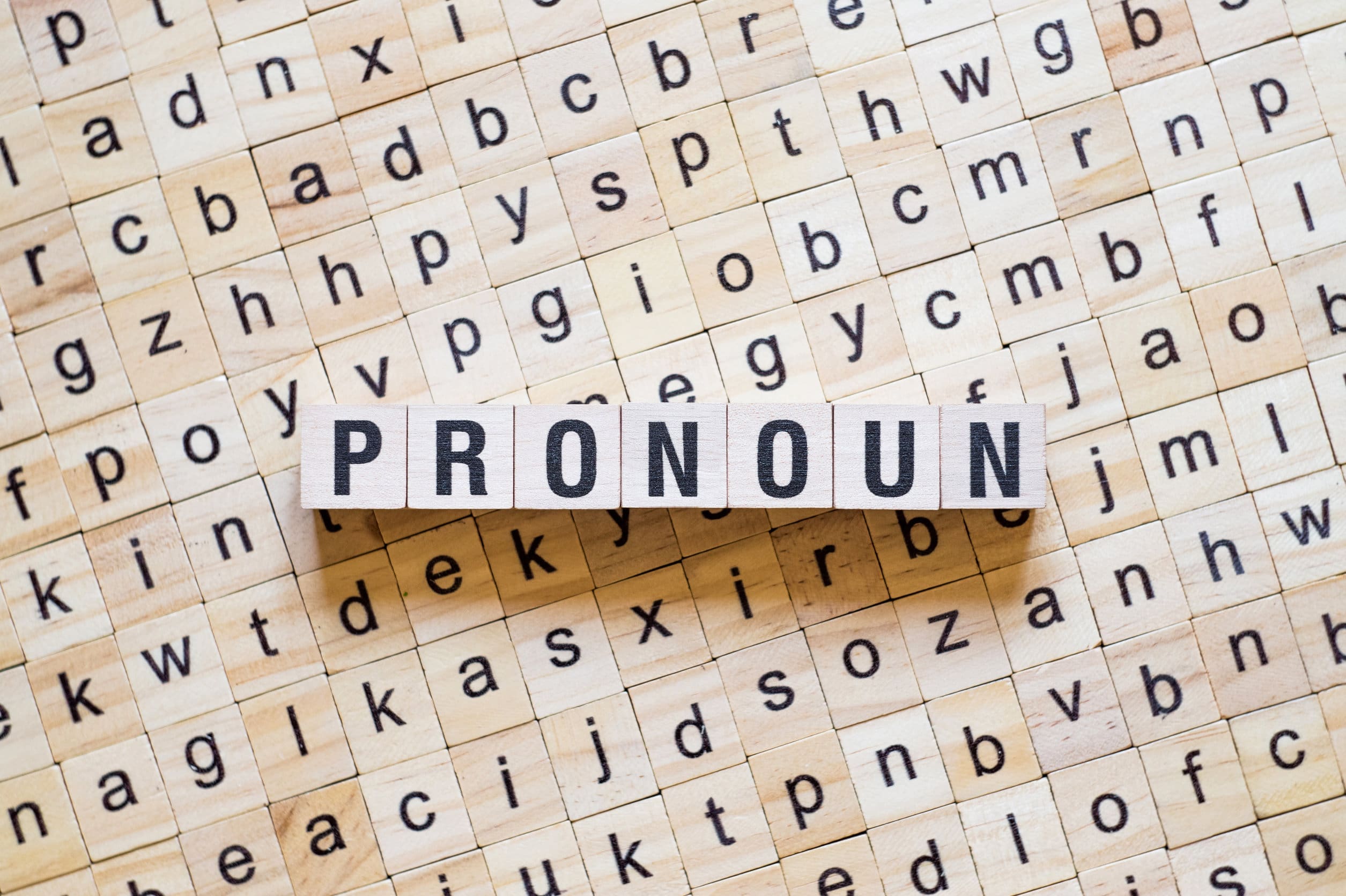In this post
An adjective describes and modifies a noun or pronoun. It is used to give further information about a noun or a noun phrase. Without adjectives, writing would appear very dull as it would lack description and visual cues. A few adjectives give themselves away with their endings: ‘-ing’, ‘-y’, ‘-less’, ‘-ful’, ‘-ic’. However, not all adjectives have these endings so be careful not to assume. Here are some examples of adjectives:
- Lindsay wore a beautiful dress
- am wearing a blue coat and black trousers.
Adjectives also do not always appear before the noun like the examples above. For example:
- The woman was sad.
- The sea was blue.
Do not forget that the demonstrative adjectives ‘this’, ‘that’, ‘these’ and ‘those’ are also known as demonstrative pronouns. You can refer back to these from earlier in the course for full details on their functions.
Adverbs
An adverb describes a verb. It is used to provide further information about a verb and may tell us how, when or where a verb is taking place. Here are some examples:
- Scott coughed loudly
- She generously donated the money
- The dog ran happily around the park.
- The snow fell hard during the storm.
A useful tip to know is that most adverbs end in ‘-ly’ or ‘-ally’ but, as you can see from one of the examples above, not all.



